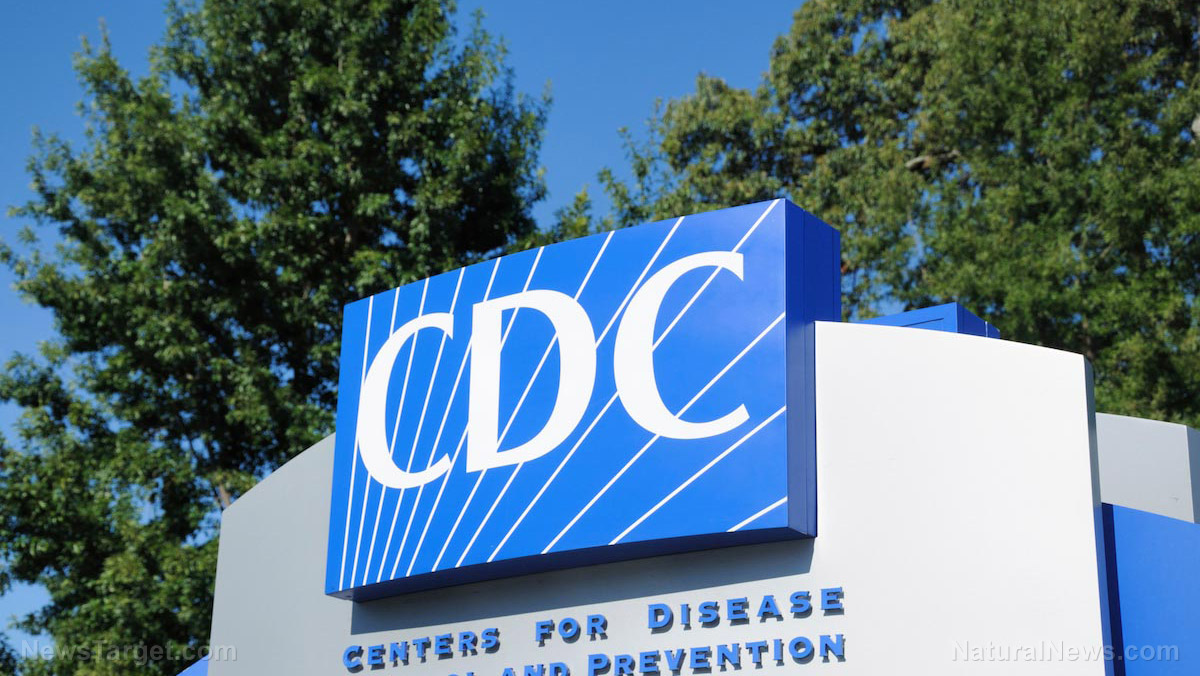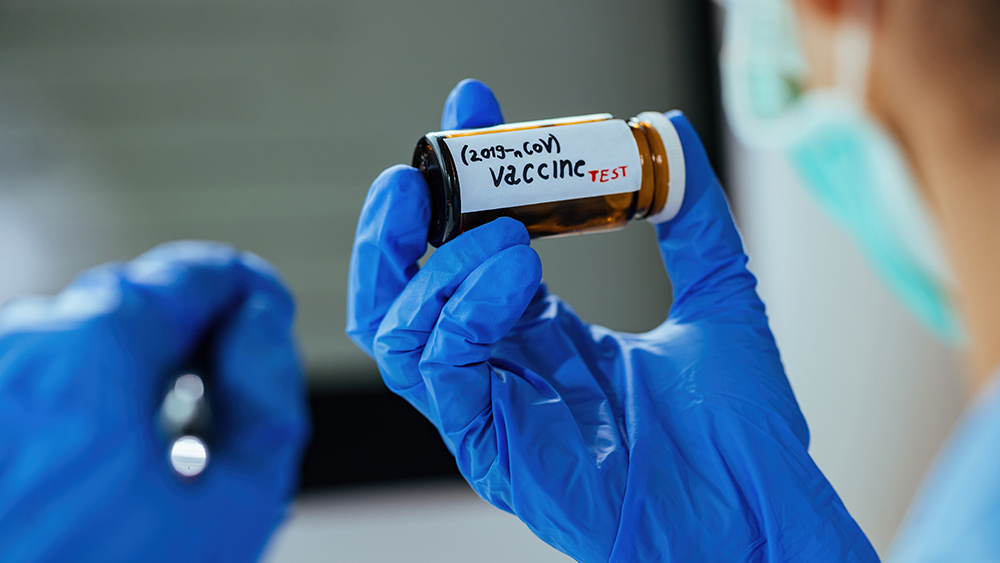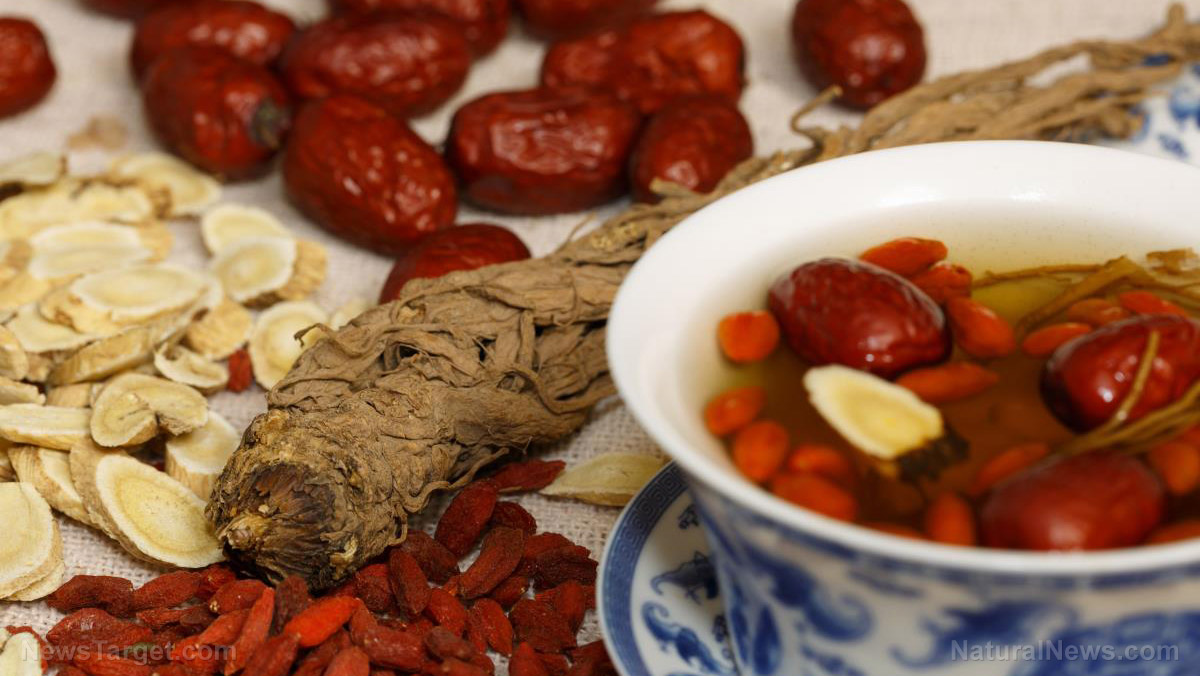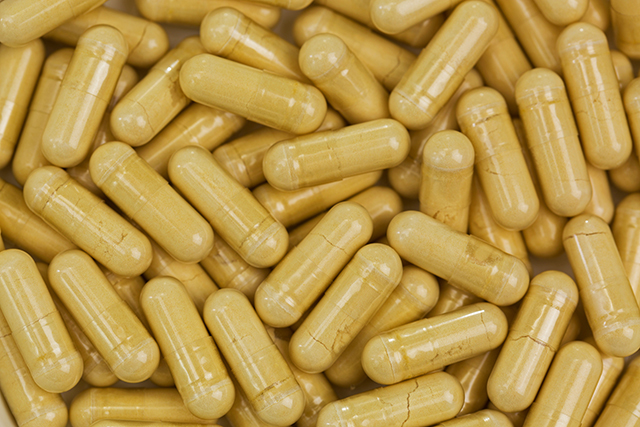Global coronavirus vaccine plan to move ahead without China
09/25/2020 / By Franz Walker
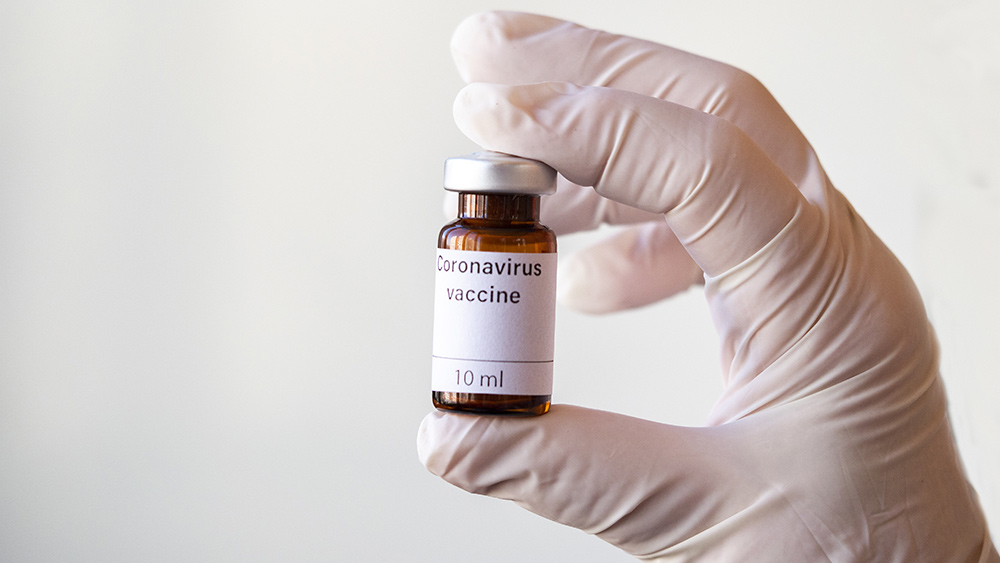
An $18 billion global initiative to deploy future Wuhan coronavirus (COVID-19) vaccines around the world is moving into its next phase — without China.
Called COVID-19 Vaccines Global Access (COVAX), 156 countries and regions are participating in the program. In addition, 38 more governments are expected to sign up in the coming days, according to a statement from Gavi, the Vaccine Alliance group leading the effort alongside the World Health Organization (WHO) and the Coalition for Epidemic Preparedness Innovations. China, however, is not on the list, despite having its own coronavirus vaccine development efforts and its own close ties to the WHO.
The goal of COVAX is to have 2 billion doses of coronavirus vaccines available by 2021 and to focus on protecting healthcare workers and people considered to be at higher risk. Despite China – and the U.S. – not participating, the organizers are pressing ahead with the efforts as the death toll from the coronavirus nears the 1 million mark.
Around 964,000 people have died from the coronavirus, as of reporting time, according to data from Johns Hopkins University.
COVAX still aims to work with every country in the world
According to Gavi officials, they had expected China to sign up to COVAX as it would have been a possible way for Beijing to help repair the country’s image around the world over how it handled the initial coronavirus outbreak. In addition, it would have also helped fill a void left by the U.S.’s absence.
A number of countries, such as the U.S. and China have been crafting their own one-on-one deals for vaccine doses. This has sparked concerns that poorer regions may get left behind.
Addressing China and the U.S.’s absence, Gavi head Seth Berkley has said that their goal remains to work with every country in the world. “I can assure you that we have had conversations and will continue to have conversations with all countries,” he said.
Gavi and its partners in COVAX aim to give countries that have already snapped up future supplies an opportunity to hedge the risk of backing an unsuccessful vaccine candidate. At the same time, the program also offers a lifeline for poorer nations that can’t otherwise afford vaccines, as well as a number of high-income ones that don’t have supply deals with vaccine companies.
According to the organizers, COVAX plans to prioritize healthcare workers first before expanding doses for as much as 20 percent of the population of participating countries. To do this, the organizers plan to use collective purchasing power to negotiate highly competitive prices from pharmaceutical companies.
During a recent press conference, Berkley confirmed that 64 higher-income countries have already signed on with COVAX.
“As of today, 64 higher-income countries, including 29 economies operating as Team Europe, have submitted legally binding commitments to join the COVAX Facility,” he said. In addition to this, 38 more countries are expected to also sign up soon.
These higher-income countries will have access to the vaccines in the COVAX portfolio and are expected to pay for their own doses. Lower-income countries that have joined COVAX will have their doses purchased for them. There are currently 96 such countries.
COVAX faces roadblocks, from bilateral deals to untested vaccines
Questions remain about how COVAX will work. So far, only $700 million of the $2 billion thought to be needed to pay for the vaccine in lower-income countries has been raised.
In addition, it’s not clear how the deals many countries have already made directly with vaccine manufacturers will impact the WHO’s plans.
“I think the big question for COVAX, and the thing that will determine whether COVAX can really deliver on its vision, is to what extent those domestic deals that are being done by rich countries mean that they won’t need COVAX so much themselves, and therefore might not provide sufficient financing for the non–self-financing countries,” says the Wellcome Trust’s Alex Harris.
According to the WHO’s Mariangela Simao, in an ideal world, there would be no such bilateral deals. That said, she acknowledged that many of those deals were already underway when COVAX was being set up. As such, these deals “are a danger in a way” to the plan.
The WHO’s “fair allocation mechanism” proposes distributing the vaccines from the COVAX effort in two phases. In the first phase, participating countries would initially receive vaccines proportional to their population; getting enough to immunize three percent of their population. This initial dose would go to frontline workers in healthcare. Additional vaccine doses would be delivered until 20 percent of a nation’s population is covered.
During the second phase, vaccines will then be delivered to countries based on how urgently immunizations are needed in these countries. Urgency would be based on two criteria, the first would be how fast the virus is spreading and whether other pathogens are spreading at the same time, the second would be based on metrics such as the occupancy of beds in hospitals and intensive care units.
The WHO’s plan, however, comes with numerous caveats. Most importantly, the framework was written without knowing the characteristics of whatever vaccine becomes available first and is instead based on the “vaccine with a broad safety and effectiveness profile.” Should one vaccine turn out to be better at protecting old people than the young, for instance, then a different strategy may be needed. (Related: Vaccine proponents now managing expectations as COVID-19 vaccine promise fades.)
“I have 40 years of public health and [helping draft the plan] is definitely the biggest challenge I ever faced,” Simao says. She admitted that there was a huge amount of uncertainty and noted that the document was only a “final working version.”
Follow Pandemic.news for more on global efforts to fight the coronavirus.
Sources include:
Tagged Under: China, coronavirus, COVAX, covid-19, disease, epidemic, Flu, GAVI, outbreak, pandemic, superbugs, vaccine, vaccine wars, vaccines, virus, WHO


